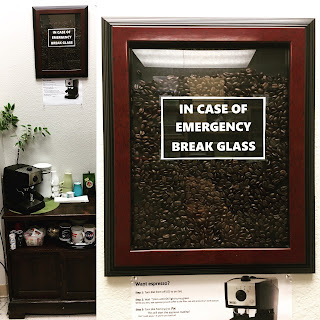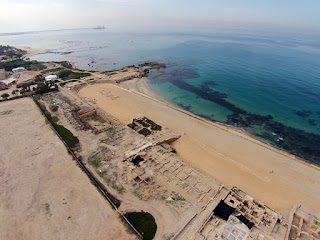People don't often complain that the game "bobbing for apples" is too easy. Every sport has its
prodigies, though, so I have a new variant for advanced players I'd like you to consider:
Bobbing for Apples: Advanced
1. Find a group of participants who can survive a few minutes of swimming.
2. Pour a crate of about 100 apples into an Olympic-size swimming pool. Distribute apples randomly.
3. Place participants randomly in swimming pool, blindfolded.
4. At the signal of the judge, participants (still blindfolded) begin swimming.
5. The first participant who bites an apple without the use of hands is the winner.
Does this sound fun to you? Hopefully not. Given the choice, I certainly wouldn't participate. This isn't because I'm a poor swimmer -- I can dog paddle with the best -- it's because the game would be tiring, boring, frustrating, and dangerous. And when I say "dangerous", I don't mean the sort of thrilling and entertaining danger associated with, say, skydiving over a volcano or getting in a fistfight with a grizzly bear. This danger is mundane. At best, this activity sounds like how a water polo team with poor judgement (moral, practical, and aesthetic) might haze its new recruits.
All this being said, on the microscopic scale, this is how food for a lot of tiny creatures exists -- as little blobs of calories suspended in seawater. At the smallest level, the hunters are zooplankton, and their prey is phytoplankton. As such, the zooplankton have it even harder than the "bobbing for apples" participants. To better simulate their plight, consider the following rule adjustments to our game:
Bobbing for Apples: Zooplankton
To be played with the same rules as "Bobbing for Apples: Advanced", with the following amendments:
1. Instead of filling the pool with water, use a much more viscous fluid, such as glycerin or molasses.**
2. The participants must stay in the pool forever, eating only apples.
3. The winner, declared upon the death of all participants, is the one with the largest number of viable offspring.
As you might imagine, eons of evolution have given zooplankton a few tricks for catching their food. One trick of particular interest to me is that of particular zooplankton known as
tintinnids. Instead of expending lots of energy swimming for their food, tintinnids have it delivered: they use a ring of beating cilia that creates a current in the surrounding water, funneling helpless phytoplankton into their oral cavity. Here's a video captured by Roi Holzman's lab at IUI showing this behavior:
(If the video doesn't load, try this
link)
There are a number of questions we could ask at this point. Why does this motion of the cilia have a "funneling" effect? What is the best way that cilia can move to optimize prey capture? What effect do other parameters (mouth size, size of prey, ingestion rate, etc.) have on the feeding currents and particle capture?...
...we don't quite know! It's exciting! Well, for me anyway. Perhaps I'm unusual in that respect.
Anyway, that's what I'll be exploring this summer in a nutshell. Analytical models, hydrodynamics simulations, all that fun stuff. I'll keep you updated. For now, just remember that if you ever wind up bobbing for apples in a pool of molasses, don't bother kicking your feet.
-Steve
**This amendment might seem surprising -- after all, aren't zooplankton just swimming around in standard low-viscosity seawater? It turns out that the fluid mechanics of the motion of "swimmers" depends not only on the viscosity of the fluid, but also on things like how big the swimmer is and how fast the swimmer tends to move through the fluid (mathematically, this is where the
Reynolds number becomes important). For this reason, if we wish to mimic the fluid mechanics of a small, slow swimmer in water by using a large, fast swimmer, we would need to crank up the viscosity of the fluid in order to compensate for this difference in scale.







